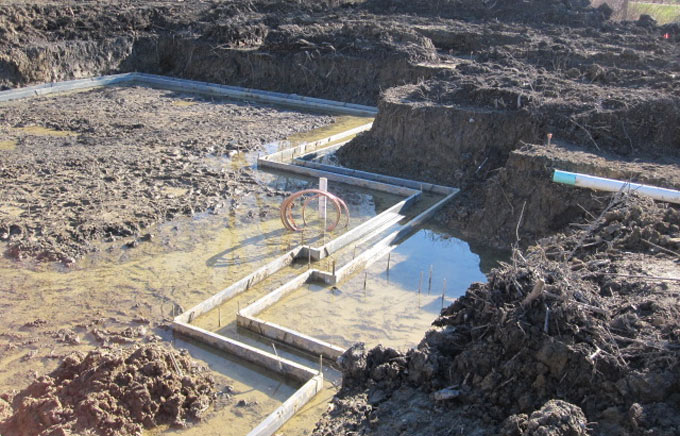
How impact of trench excavation on adjoining building is measured with rule of thumb

The adjoining buildings are greatly impacted with trench excavation and lead to settlement. This construction article briefly explains how to gauge the impact of trench excavation on adjoining buildings with rule of thumb.
The two factors are mainly responsible for impact of trench excavation on the buildings:
? Soil relaxation because of excavation
? Diminishing of groundwater owning to excavation
Soil relaxation because of excavation
When a trench is excavated adjoining a building, soil relaxation and subsequent settlement of the building is increased.
So, there should be sufficient support for the trench to resist soil relaxation. On the other hand, excavate the trench far from the foundation but it will not be a legitimate option always.
Besides, a rule of thumb is applied to examine whether the trench excavation affects the nearby building or not. Draw a line with 2H:1V from the bottom of the foundation. If the trench remains within this line, then engineer shall look forward to soil relaxation and eventual settlement of building foundation.
Lastly, if the soil at job site comprises of loose sandy soil, then draw the line with 3H:1V instead of 2H:1V.
Diminishing of Groundwater due to excavation: Generally, groundwater proceeds and seeps into the excavation from the adjacent areas of the trench. It will reduce the level of ground water in the trench vicinity area. Effective stresses are raised due to groundwater lowering and accordingly the foundation experiences settlement.
Last but not least, diminishing ground water raises effective stress in clay layer and higher effective stress leads to foundation settlement.


